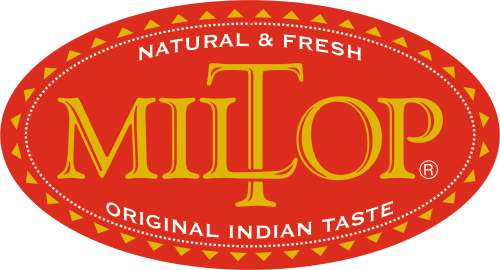Description
[vc_row full_width=”stretch_row”][vc_column][vc_tta_tabs][vc_tta_section title=”Description” tab_id=”1643872497540-2c791d2e-f97e393e-6046″][vc_column_text]
Semolina is the purified wheat middlings of durum wheat used in making pasta; also, the coarse middlings are used for breakfast cereals and puddings. Semolina, made from durum wheat, is known in North India as Sooji, in Marathi it’s called Rava ,in South India, Ravey in Kannada, Rava/Ravam/Ravai in Telugu/Tamil, in Tamil Nadu, the semolina is also made of rice.
[/vc_column_text][/vc_tta_section][vc_tta_section title=”Process” tab_id=”1643872497558-c99f8950-1ea2393e-6046″][vc_column_text]
Modern milling of wheat into flour is a process that employs grooved steel rollers. The rollers are adjusted so that the space between them is slightly narrower than the width of the wheat kernels. As the wheat is fed into the mill, the rollers flake off the bran and germ while the starch (or endosperm) is cracked into coarse pieces in the process. Through sifting, these particles are separated from the bran and this is semolina. The semolina is then ground into flour. This greatly simplifies the process of separating the endosperm from the bran and germ, as well as making it possible to separate the endosperm into different grades due to the fact that the inner part of the endosperm tends to break down into smaller pieces than the outer part. Different grades of flour can be thus produced.
When boiled, it turns into a soft, mushy porridge. This flour is popular in northwestern Europe and North America as a dessert, boiled with milk and sweetened, called semolina pudding. It is often flavored with vanilla and served with jam. In South India, semolina is used to make such delicacies as rava dosa and upma. In North India it is used for sweets such as Suji halwa.. As an alternative to corn meal, semolina can be used to flour the baking surface to prevent sticking. In bread making, a small proportion of durum semolina added to the usual mix of flour produces a tasty crust.
[/vc_column_text][/vc_tta_section][/vc_tta_tabs][/vc_column][/vc_row]



